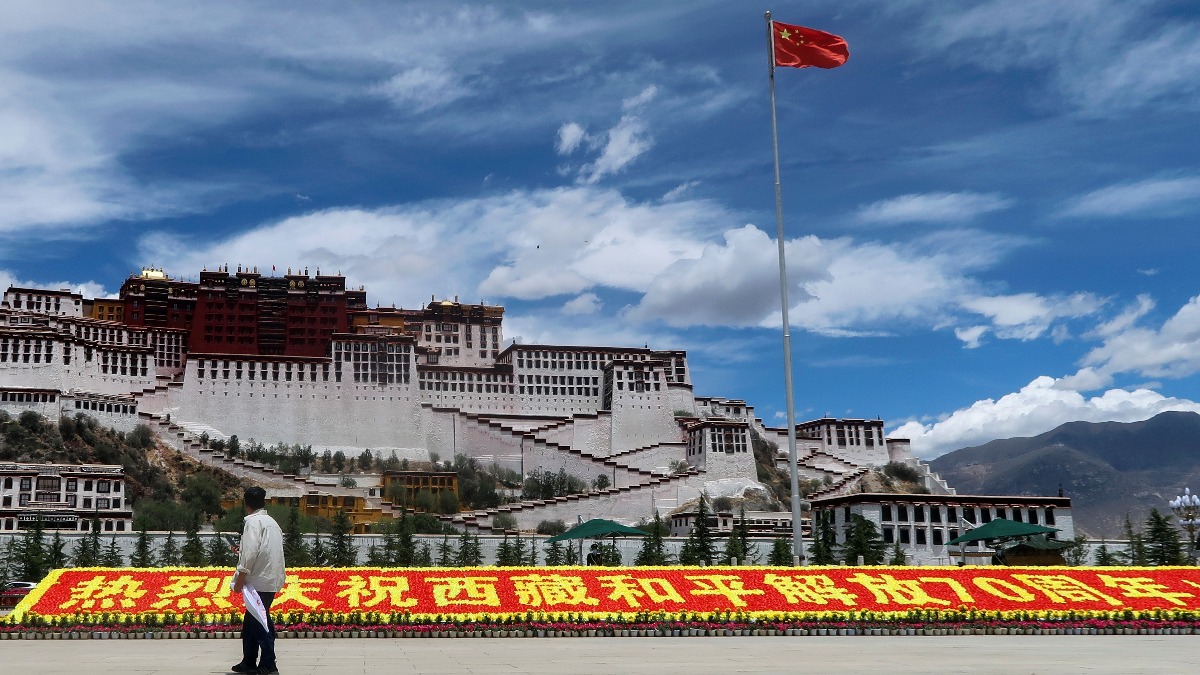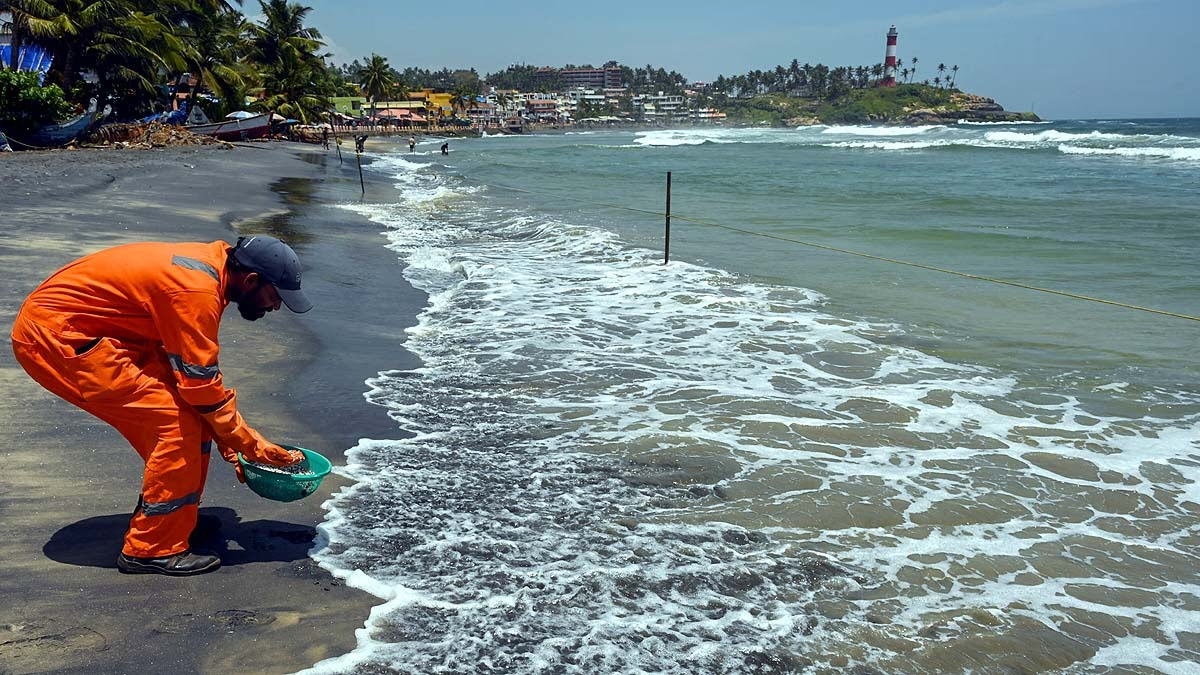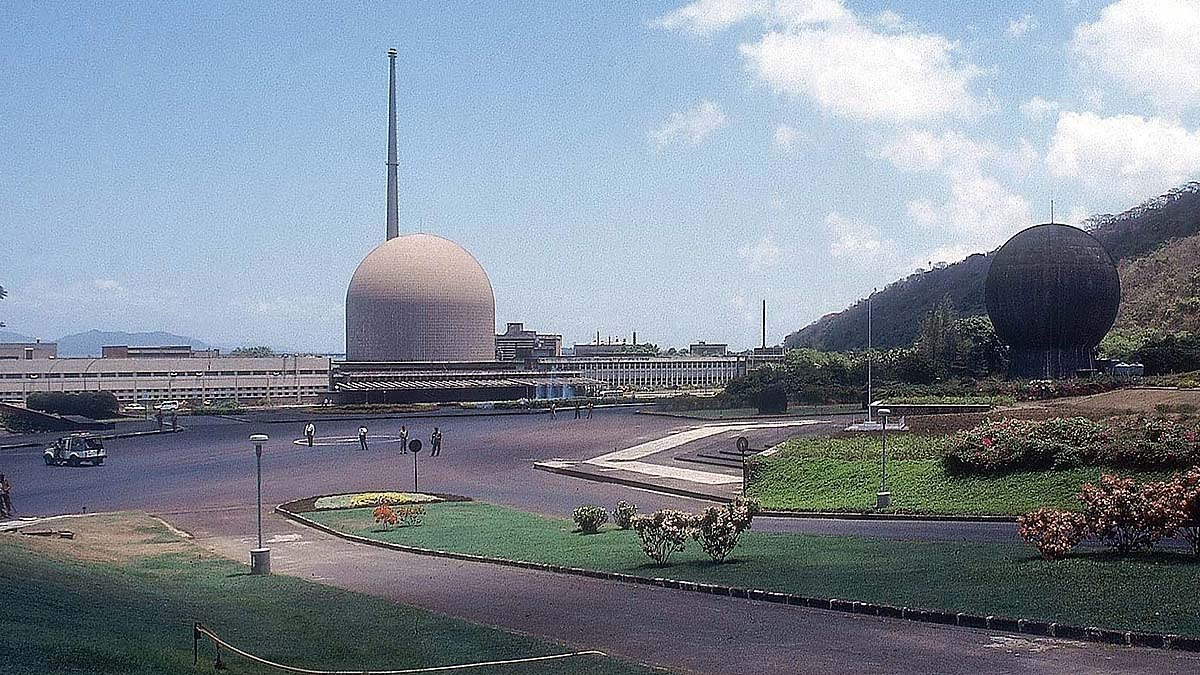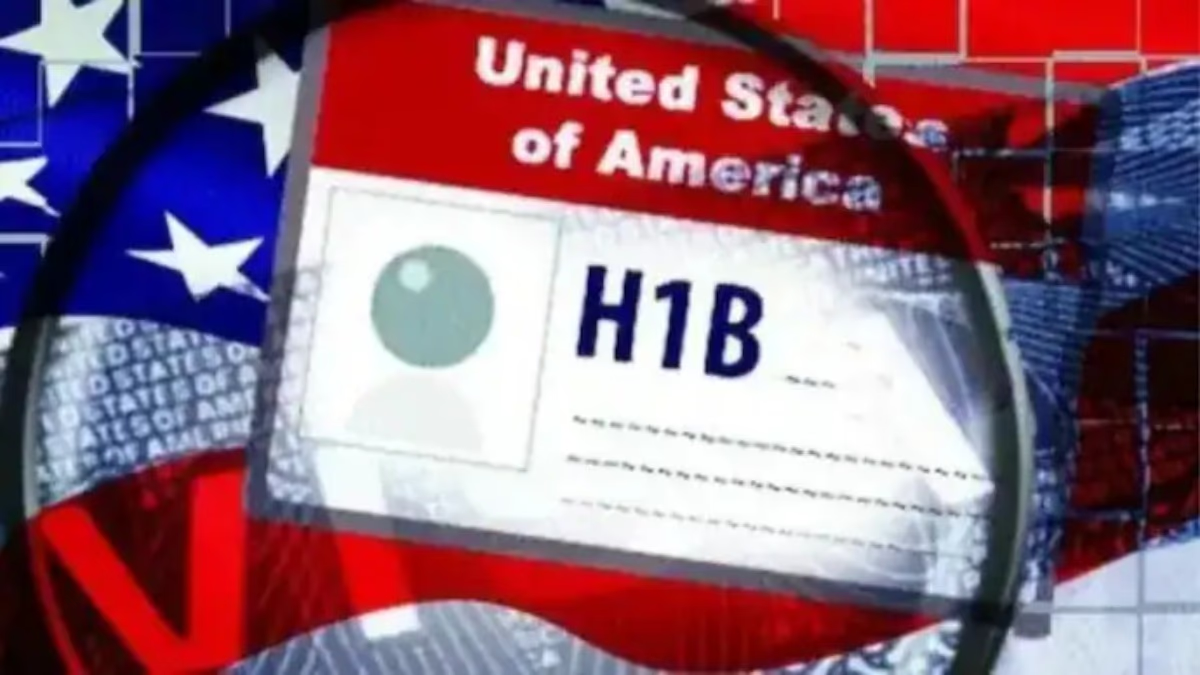The U.S. Congress has passed a bill concerning Tibet, which President Joe Biden is set to sign shortly. China has expressed its displeasure and has appealed against the signing of the bill. The White House has stated that President Biden will do what is right for the Americans.
The bill passed in the House of Representatives on June 12th with 391 votes in favour and 26 against. Subsequently, it was also passed by the Senate.
The purpose of this bill is to resolve the Tibet issue. It speaks of Tibet's condition and peaceful resolution to the dispute. It also urges China to resume discussions with the Tibetan spiritual leader, the Dalai Lama.
In the meantime, Michael McCaul, Chairman of the U.S. Foreign Affairs Committee, has visited India. He will also meet the Dalai Lama during his visit to discuss the bill. This delegation also includes former Speaker of the House Nancy Pelosi, whose visit to Taiwan had previously angered China, leading to threats of war.
What does the bill entail?
The bill, known as the 'Resolve Tibet Act,' opposes China's occupation of Tibet. It asserts that the United States supports Tibet and will help resolve its dispute with China peacefully.
According to the bill, America will facilitate unconditional negotiations between China and the Dalai Lama.
Moreover, this bill rejects misleading propaganda by the Chinese government regarding Tibet. It includes provisions for funding to combat the Chinese governmental disinformation campaign.

Source: aajtak
Why is China agitated?
China claims Tibet has been part of its territory for centuries. It has opposed the bill and advised Biden against signing it. China refers to Tibet as Xizang.
The spokesman for the Chinese Ministry of Foreign Affairs, Lin Jian, stated on Tuesday, 'Any force attempting to destabilize Xizang to control China will not succeed.' He warned that the United States should not sign the bill, and China will take firm steps to protect its sovereignty, security, and interests.
Lin Jian also mentioned that the Dalai Lama is not a religious figure but an exile engaged in anti-Chinese separatist activities.
What do China and Tibet want?
The Tibetan government-in-exile operates from Dharamshala, Himachal Pradesh. China has stated it would discuss with representatives of the Dalai Lama rather than officials from the exile government.
China has clearly stated that it will not negotiate Tibet's autonomy as advocated by the Dalai Lama.
On the other hand, the Dalai Lama stresses that his desire is for the autonomy of all Tibetan regions, including Gansu, Qinghai, Sichuan, and Yunnan provinces that were seized by China.
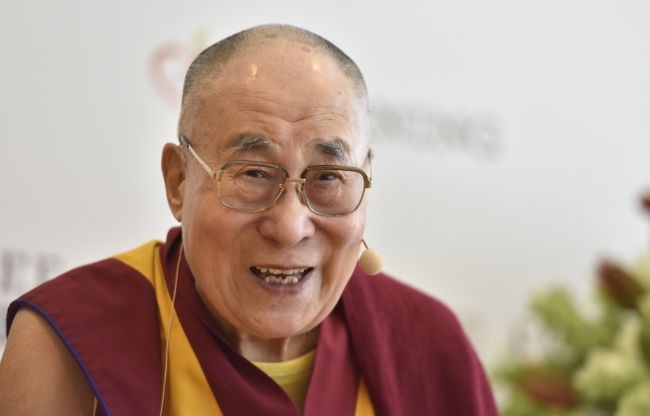
Source: aajtak
The China-Tibet dispute explained
Tibet's history has been tumultuous. It has been governed by Mongols and China's Qing dynasty at different times. Since 1950, China has occupied Tibet.
China maintains that Tibet has been part of its territory since the 13th century, but Tibetans assert that Tibet was independent for centuries and never under Chinese control.
Mongol ruler Kublai Khan's establishment of the Yuan dynasty encompassed China, Tibet, Korea, and Vietnam. In the 17th century, relationships were formed between China's Qing dynasty and Tibet. By the 19th century, the Qing dynasty took control of Tibet, only to be expelled by Tibetans within three years. In 1912, the 13th Dalai Lama declared Tibet's independence.
For nearly 40 years, Tibet remained independent until Mao Zedong's rise to power in China in 1949 changed the situation quickly. China took over Tibet by deploying thousands of troops in May 1950.
After an escalating conflict, the Dalai Lama was invited to Beijing in 1959 without bodyguards, but his supporters surrounded him to prevent his arrest by China. Eventually, the Dalai Lama had to flee Tibet and seek asylum in India. Upon arriving in India, the Dalai Lama formed a government-in-exile. The Tibetan government-in-exile is based in Dharamshala, with Lobsang Sangay as the Prime Minister and Penpa Tsering as the President.
